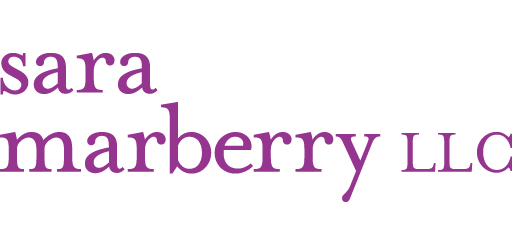 Once again, healthcare design made mainstream news this week as NBC News posted a piece on the healing power of art on its website. For the most part, it was good, quoting a lot of knowledgeable sources and sharing interesting facts, like:
Once again, healthcare design made mainstream news this week as NBC News posted a piece on the healing power of art on its website. For the most part, it was good, quoting a lot of knowledgeable sources and sharing interesting facts, like:
- More than 40% of healthcare facilities had arts programs in 2007
- More than half of veterans medical facilities offer arts programming at the patient bedside
- A recent study found that blood flow increased 10 percent to the “joy response” part of the brain when subjects saw a beautiful painting
- More than 60 percent of patients at the Cleveland Clinic reported a reduction in stress from the hospital’s contemporary art collection
But those reporters, they always have to throw in a little controversy. This time it was about evidence-based design.
Describing evidence-based design as “basing art decisions on health data,” the reporter quoted two people at McGill University School of Architecture who criticized evidence-based design for not being rigorous enough. But it seemed to me that they were only referring to the evidence itself.
Because it’s much more than just evidence. It’s a process by which you make design decisions based on the best available evidence linking the design of the physical environment to outcomes, and then measure the results of those decisions. If you do all 8 steps, you produce more evidence.
I’ll agree with the folks at McGill that the evidence in certain areas isn’t all that strong. But it’s pretty strong in the area of artwork (read my recent post on this topic). The reporter completely missed that in this piece.
No matter. I’m happy to see the mainstream media covering healthcare design. Just as long as everyone understands that you can’t believe everything you read in print.
P.S. Please do me a favor — if you liked this post and like this blog, please share it with others by sending them the link and/or post it on your Twitter, LinkedIn, or Facebook, etc. Also, don’t forget to subscribe, so you’ll get emails when new content is posted. Thanks!
If you like this post, please share.

What’s my story? I’m a healthcare and senior living design knowledge expert who writes and speaks frequently about trends and issues affecting these two industries. I’m also a strategic marketing consultant and content creator, working with companies and organizations who want to improve the quality of healthcare and senior living through the design of the physical environment. You can reach me at [email protected].


12 Responses
One of your best. For those of us not active in design now, would you please list the 8 steps?
Thanks
Hi Margaret — If you click on the link, you’ll go to a blog post I did earlier that lists the steps.
Interesting to see similar questions related to Evidence Based Medicine. A recent BMJ article (June 13 2014 “Is Evidence Based Medicine In Crisis?”) suggests the EBM model has been used too often as a marketing tool for pharmaceutical and medical device companies.
Thanks for sharing, Barbara. There are many similarities between EBD and EBM.
Well-said, Sara! EBD is a process, and DESIGN is the ‘main thing’.
Glad you agree, Ron!
As much as the media should be more inquisitive about EBD to ensure a fair accounting, there is another way for them to be enlightened – talking with EBD practioners and users. The more knowledgeable they are, the more facts and success stories are brought to light.
Good point, Mark. Some were quoted in this article, but the take on EBD was definitely slanted toward the negative.
Sara, Great points that are balanced on EBD, I appreciate your focus on challenging the status quo and encouraging us to stay focused on the process and keeping the discussion going. Your blog is more than a blog – it’s a resource.
Thanks, Bill! If we all challenge it a little bit, maybe there will be some movement.